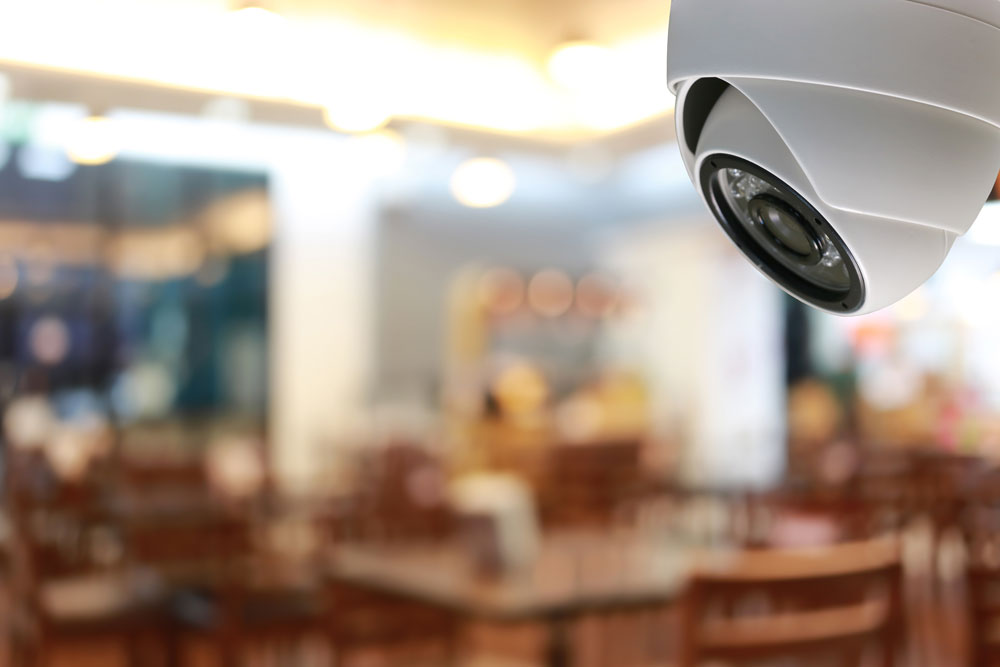While the restaurant industry remains in constant flux due to ever-changing COVID restrictions, a focus on return to profitability is crucial. Restaurant video technology will be front and center in those efforts.
At the time of writing it remains to be seen how the omicron variant of the COVID-19 virus will play out; or how and when a formal end to the pandemic may come to pass.
But it’s already certain that it has brought tremendous changes to the restaurant business, and that many of these changes are likely to be permanent.
The competitive pressures in what was already a high-risk, low-margin, industry have increased significantly, and it’s only those restaurants that are prepared to fully embrace the efficiencies offered by new restaurant technology that can hope to survive or prosper.
What Today’s Restaurant Video Technology Can Do
Many new technologies such as the Internet of Things (IoT), Artificial Intelligence (AI), and machine learning have already begun to transform the way the restaurant industry operates.
But older technologies like video still have a huge role to play in areas such as customer experience, food safety, staff training and performance, and security.
Safety and Security
Perhaps the most important use of video at the moment is in the surveillance of food preparation and kitchen areas.
Managers are able to monitor both in real-time and retrospectively which members of staff have had access to the kitchen and food preparation areas, and what they did while they were there.
Any failings in food preparation or hygiene practices can be corrected immediately, as can any issues with waste or theft. And the monitoring of all these things can be conducted by senior personnel both on and offsite, enabling multiple outlets to be viewed simultaneously.
Video Auditing
Closely related to the video surveillance of different restaurant areas is the relatively new technology of video auditing – essentially a way of removing the need for managers to sit watching hours and hours of unedited footage.
Video auditing makes use of a technology called “computer vision”, a branch of Artificial Intelligence (AI) that allows computers to interpret and understand the real visual world and to react to the visual stimuli they receive.
What this means in practice is that computers are now able to recognize and count real-world objects such as drinks and food items.
The information provided by video in this way can then be checked against the data provided by till records or POS systems to allow for an audit. Any discrepancies can then be tracked to the exact date, time, and location on which they occurred.
This kind of video technology has a number of applications in inventory management, the management of waste, and the tackling of any issues with employee theft.
The Customer Experience
Video enables managers and senior staff to monitor serving and bar areas in real-time. Any undue delays in customers being seated, served, or given their checks can be noted, and sometimes immediately corrected. And to the extent that any such delays are the result of problems with staffing levels, the necessary steps can be taken to remedy the problem.
Congestion among guests in the waiting or bar areas will be immediately apparent, as will any slowness or problems with the attitude or appearance of staff.
The Staff Experience
Finally, for any program of video monitoring to be really effective, it’s important to get staff onside.
Any suggestion of a “Big Brother is watching you” approach is likely to be detrimental to staff morale and ultimately counter-productive; something you can ill afford when experienced staff are at more of a premium than ever.
But if you can assure team members that video is ultimately for their protection as well as that of the business, and provide them with private areas out of reach of the cameras, then you can make video a very useful tool in your journey back to prosperity.

